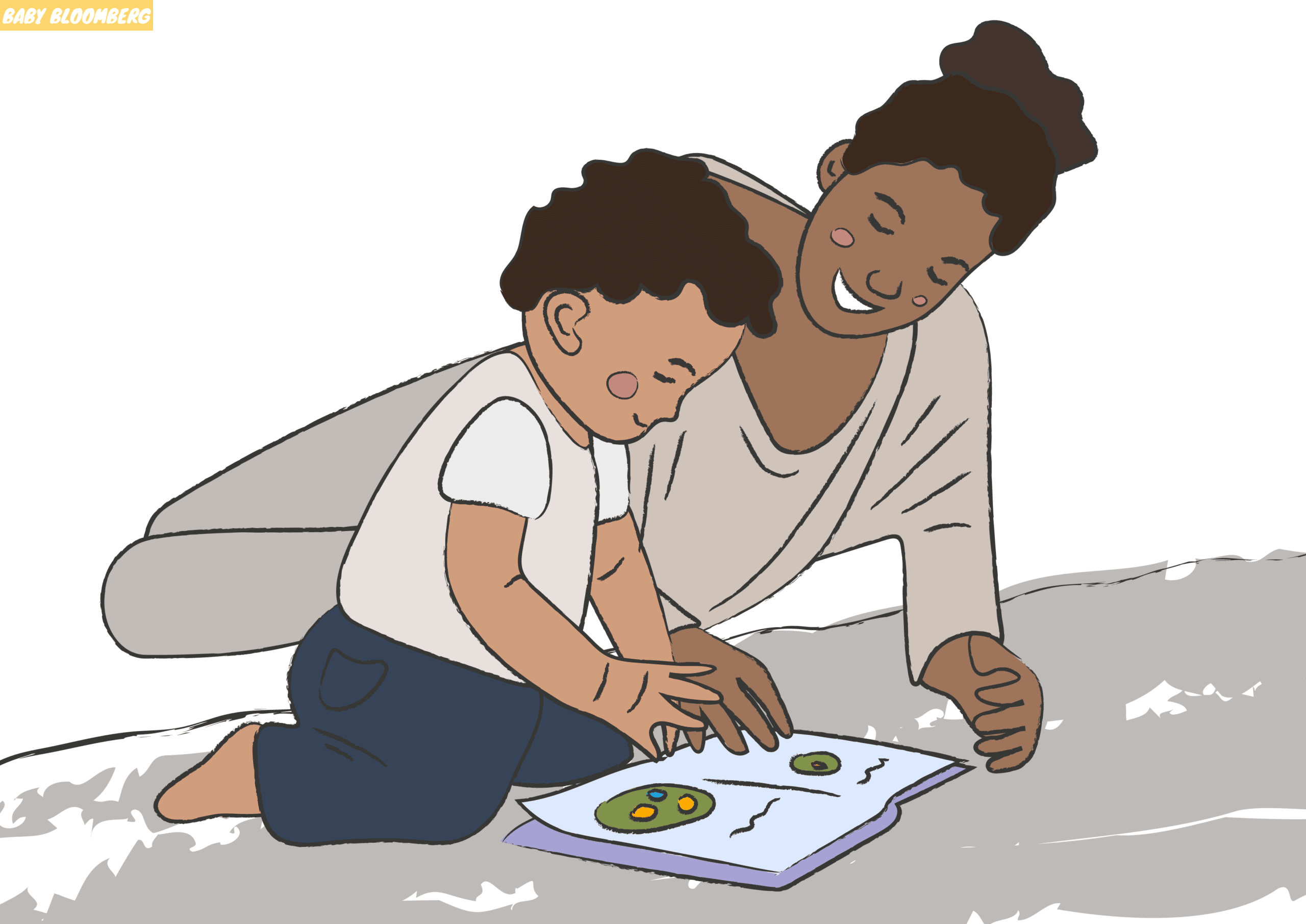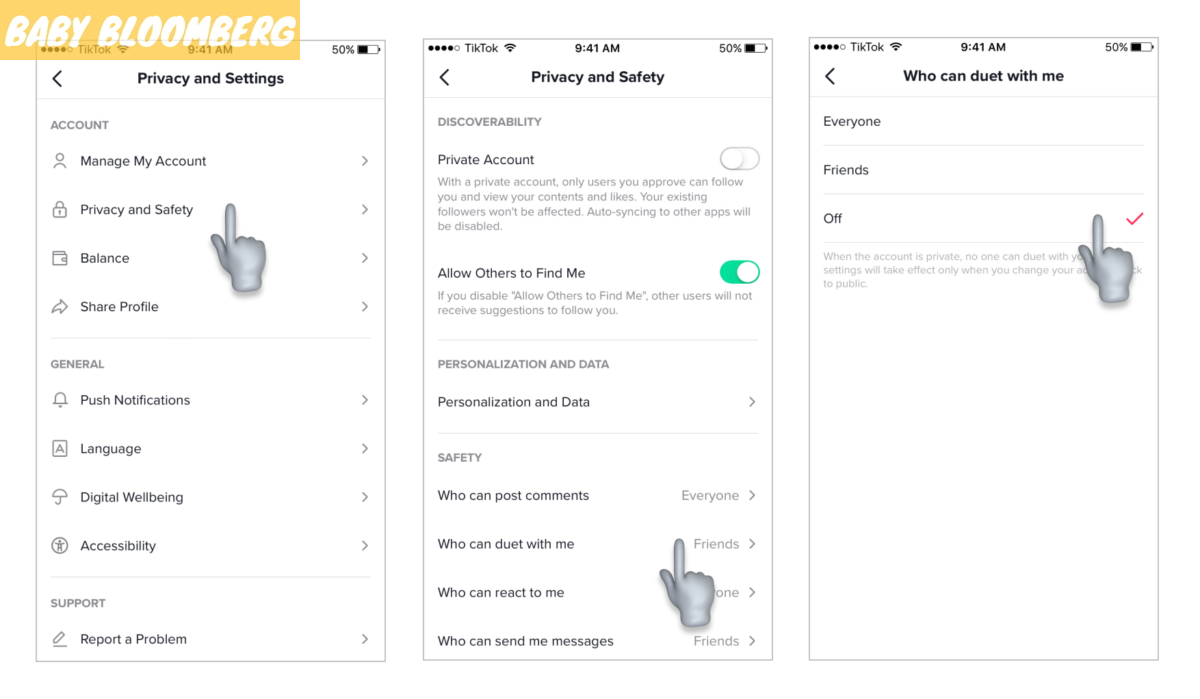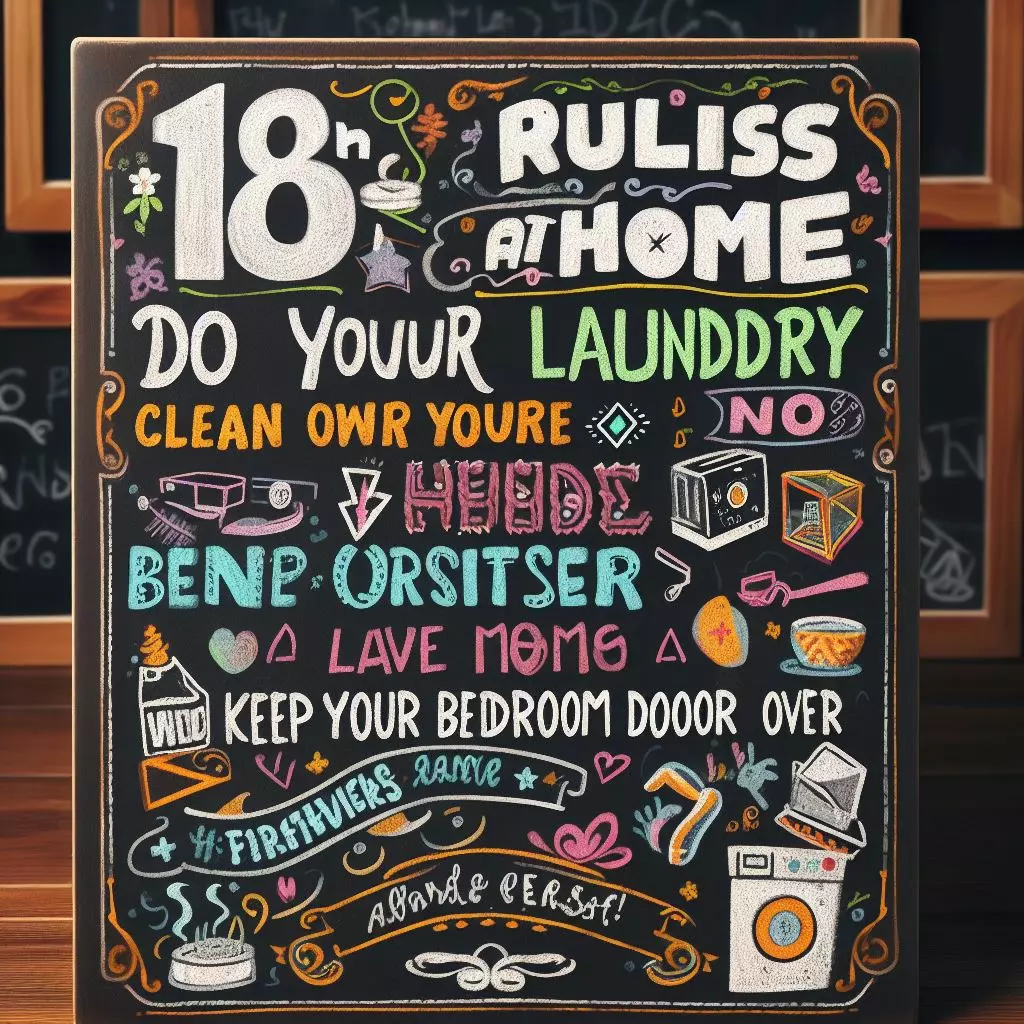Are you searching for creative ways to manage behavior in your classroom? Look no further! Behavior charts can serve as a fun and effective tool for teachers to track behavior, attendance, homework, and more. In this article, we will explore the top resources in the form of behavior charts that can help you revolutionize behavior management in your classroom. From websites offering a wide range of behavior charts to innovative ideas for tracking behavior, we have got you covered. Let’s dive in!
“Behavior Charts for Teachers” from Free Printable Behavior Charts
Free Printable Behavior Charts (FPBC) is a dedicated website that offers a wide range of behavior charts and resources specifically designed for teachers. Whether you want to monitor adherence to school rules, track homework completion, or resolve conflicts, FPBC has got you covered.
At FPBC, you will find behavior charts tailored to various age groups and behavior types. From simple sticker charts to more elaborate point systems, these behavior charts provide an effective visual representation of student behavior. By using these charts, teachers can track and reinforce positive behavior, helping create a positive and engaging learning environment.
1 Insightful Articles and Tips on Behavior Management
In addition to behavior charts, FPBC provides insightful articles for teachers on behavior management and parenting. These articles offer valuable guidance on how to effectively use behavior charts and implement behavior management strategies in the classroom.
Teachers can explore articles on topics such as promoting positive behavior, dealing with challenging students, and fostering a supportive classroom environment. With these resources, teachers can enhance their understanding of behavior management techniques and implement them effectively in their classrooms.
- Classroom behavior charts
- Tracking behavior in the classroom
- Reward systems for positive behavior
- Behavior management strategies
- Positive reinforcement in the classroom
“Classroom Behavior Chart” on Amazon
If you prefer a physical behavior chart for your classroom, the VNOM student behavior clip chart available on Amazon is an excellent option. This chart is specifically designed for classroom management and provides a visual representation of behavior.
The VNOM behavior clip chart features a series of clips representing different levels of behavior, ranging from excellent to need improvement. Students start each day on a neutral level and can move their clips up or down based on their behavior. This chart incorporates a reward system to motivate students to exhibit positive behavior and reach higher levels on the chart.
1 Creating a Reward System
One of the key features of the VNOM behavior clip chart is the reward system it offers. Teachers can establish a set of rewards or privileges that students can earn as they move up the chart. This can include privileges like being the line leader, choosing a classroom activity, or receiving a small reward.
By linking rewards to positive behavior, teachers can motivate students to make better choices and strive for higher levels on the behavior chart. This not only helps manage behavior but also fosters a sense of responsibility and healthy competition among students.
- Classroom management tools
- Reward systems for behavior
- Visual behavior charts
- Motivating students to exhibit positive behavior
- Behavior levels in the classroom
“Free Printable Behavior Charts for Kids” from Free Printable Behavior Charts
Looking for a variety of behavior charts and reward charts to track positive behavior in your classroom? Free Printable Behavior Charts (FPBC) is once again an excellent resource. They offer a wide range of charts not only for academic purposes but also for life skills.
FPBC provides behavior charts for academic tasks such as tracking homework completion, routines, and adherence to school rules. Additionally, they offer charts for life skills like chores and even potty training. With these charts, teachers can track and reinforce both academic and non-academic behaviors, promoting holistic development in their students.
1 Effectively Using Behavior Charts
FPBC goes beyond just providing behavior charts and reward charts. They also offer valuable tips on how to effectively use these tools in the classroom. These tips include:
- Clearly defining expectations: Set clear expectations for behavior and clearly communicate them to students before introducing the behavior chart. This helps students understand what behaviors are desirable and what will be rewarded.
- Consistency: Be consistent in applying the behavior chart. Ensure that all students are held to the same standards and that rewards and consequences are applied consistently.
- Regular tracking and feedback: Continuously track student behavior and provide timely feedback. This helps students understand their progress and motivates them to improve.
By following these tips, teachers can maximize the effectiveness of behavior charts and create a positive learning environment in their classrooms.
- Charting positive behavior
- Reward charts for academic tasks
- Tracking non-academic behaviors
- Tips for using behavior charts effectively
- Promoting holistic development in students
“10 Creative Ideas for Tracking Classroom Behavior” from We Are Teachers
Looking for innovative ideas to track behavior in your classroom? Look no further than the article “10 Creative Ideas for Tracking Classroom Behavior” from We Are Teachers. This article presents a compilation of unique and engaging strategies that can make behavior tracking an interactive experience for students.
Some of the creative ideas shared in the article include:
- Digital marbles: Use an app or a digital tool to track positive behavior by awarding virtual marbles to students. This interactive approach can make behavior tracking more engaging and fun.
- Blurt beans: Create a jar of colorful beans and reward students with a bean whenever they resist blurting out and contribute positively to class discussions. This tangible and visual reward system encourages students to practice self-control.
- Behavior bingo: Create a behavior bingo card with various positive behaviors written in each square. Whenever a student displays a behavior from the card, they can mark it off. Students can aim to complete a row or a full card for a special reward.
By implementing these creative strategies, teachers can make behavior tracking a more enjoyable and motivating experience for their students.
- Innovative strategies for behavior tracking
- Interactive behavior tracking ideas
- Tangible reward systems for positive behavior
- Fun approaches to behavior management
- Making behavior tracking engaging for students
“Results for Behavior Management Chart” on Teachers Pay Teachers
Teachers Pay Teachers (TPT) is a platform that offers a diverse range of behavior management charts designed by educators. These charts cater to various needs and can be particularly beneficial for students with autism or attention deficit hyperactivity disorder (ADHD).
The behavior management charts available on TPT include:
- First-then visual schedules: These charts provide a visual representation of tasks or activities, breaking them down into steps. Students can easily understand the sequence and expectations, which can help reduce anxiety and improve behavior.
- Voice level posters: These charts help manage classroom noise levels by providing students with a clear visual indication of appropriate volume levels for different activities. This can be especially helpful for students who struggle with self-regulation.
- Whole class behavior management systems: TPT also offers behavior management systems designed for whole classrooms. These systems incorporate a combination of visual cues, rewards, and consequences to promote positive behavior and maintain a conducive learning environment.
By utilizing these creative and effective behavior chart resources, teachers can revolutionize behavior management in their classrooms and create an engaging and positive learning environment for their students.
- Behavior management resources for students with autism
- Visual schedules for task management
- Noise management in the classroom
- Behavior management systems for whole classrooms
- Creating a positive learning environment
Conclusion
Incorporating behavior charts into your teaching practices can be a game-changer when it comes to managing behavior in your classroom. Whether you choose to explore the wide range of resources available on websites like Free Printable Behavior Charts or implement creative ideas shared by We Are Teachers, behavior charts can help motivate students and create a positive learning environment.
By using behavior charts effectively and consistently, you can track behavior, reinforce positive actions, and foster a sense of responsibility in your students. So, go ahead and incorporate these behavior chart tools and resources into your teaching practices to transform behavior management in your classroom. Happy charting!
Table of Resources
| Resource Name | Website |
|---|---|
| Behavior Charts for Teachers | Free Printable Behavior Charts |
| Classroom Behavior Chart | Amazon |
| Free Printable Behavior Charts for Kids | Free Printable Behavior Charts |
| 10 Creative Ideas for Tracking Classroom Behavior | We Are Teachers |
| Results for Behavior Management Chart | Teachers Pay Teachers |










